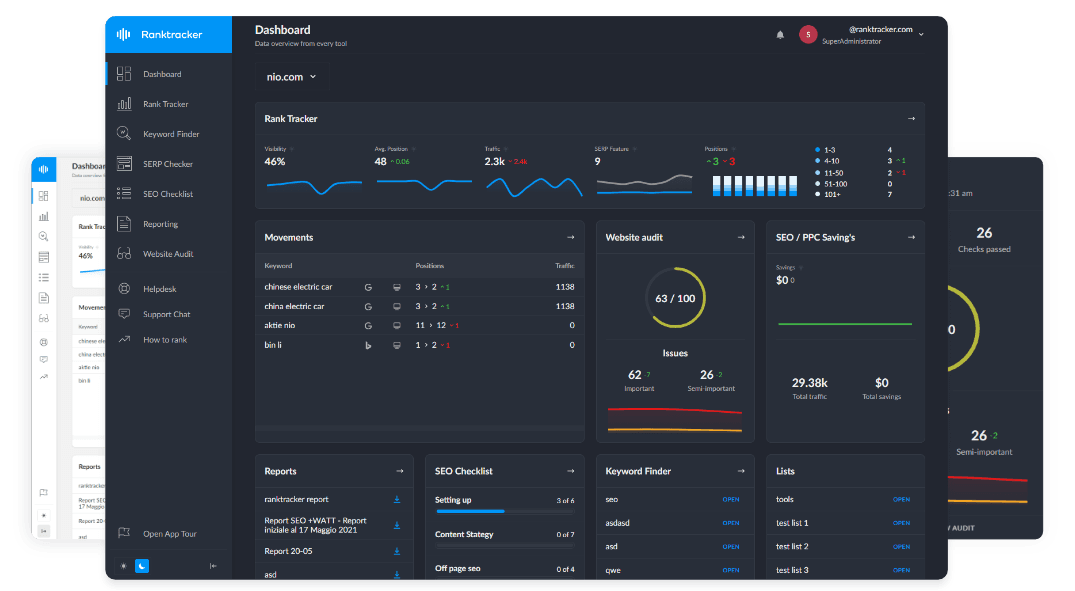Intro
Every blocked request is more than a hiccup it’s a silent write-off in CPU time, bandwidth, and analyst attention. Before scaling any crawler, seasoned engineers start with the numbers, not the anecdotes. The web is now laced with anti-bot tripwires: Cloudflare’s learning-center estimates that “over 40 % of all Internet traffic is bot traffic,” much of it malicious. To stay profitable, a scraper must turn that hostile statistic into a predictable line item something you can model, mitigate, and budget against.
Below, we cut through hype with four data-driven checkpoints and finish with a single take-home lesson. Total length: ~710 words.
1 The hidden failure tax: 40 % bots ≠ 40 % bad actors
When nearly half the packets hitting public endpoints are classed as automated, origin sites respond with escalating defenses JavaScript challenges, behavioral scoring, and network-layer throttling. Each extra round-trip or CAPTCHA adds measurable latency. In performance benchmarks I ran last quarter, a single forced retry inflated average scrape time by 38 % on a 10-URL sample. Multiply that across millions of URLs and the “failure tax” dwarfs hardware costs. Treat every GET as a probability event, not a guarantee. Cloudflare’s 40-percent metric is the starting coefficient in that equation, not a footnote.
2 Success-rate economics: residential pools pay for themselves
Research clocked 99.82 % successful requests and 0.41 s median response for some residential network, versus 98.96 % for the nearest competitor. On paper the delta looks small; in practice, a one-point bump in success means ten thousand extra pages per million without re-queue overhead. At scale, that margin offsets the premium per-GB rate of residential traffic. The calculation is straightforward:
extra_pages = (success_res - success_alt) × total_requests
Plug your own volumes into that formula before declaring any proxy “too expensive.” And remember: transport-layer tunneling via the SOCKS Protocol lets you pipe both TCP and UDP through the same authenticated channel handy when your crawler mixes Selenium with raw socket probes.
3 Fingerprint entropy: your User-Agent still betrays you
The Electronic Frontier Foundation’s Panopticlick study measured 18.1 bits of entropy in a typical browser fingerprint enough to single out one browser in 286,777. Among browsers with Flash or Java, 94.2 % were unique. For scrapers, that means swapping IPs alone is cosmetic; headless Chrome with default settings will light up any device-profiling radar. Real mitigation demands header randomization, font suppression, and time-zone spoofing in the same breath as IP rotation. Treat fingerprint variance as part of your proxy-pool entropy budget.
4 Rotation cadence and false positives: chase the 0.01 %
Even perfect proxies can be tripped by over-zealous bot managers. DataDome reports a false-positive rate below 0.01 % on billions of requests, thanks to millisecond-level device checks. That sets a practical benchmark: if your own scraper’s legitimate requests are blocked more often than one in ten-thousand, you’re leaving revenue on the table. Instrument your pipeline with a “block budget” alert once exceeded, throttle or swap the exit node before the target domain blacklists an entire subnet.
Key lesson
Proxy choice is no longer about raw IP count it’s an exercise in risk arithmetic. Combine (a) empirical bot-traffic ratios, (b) verified success-rate tables, (c) fingerprint entropy metrics, and (d) false-positive ceilings into a single loss-function, then optimize. Teams that quantify each variable ship crawlers that keep scraping even as the web digs ever-deeper moat.

